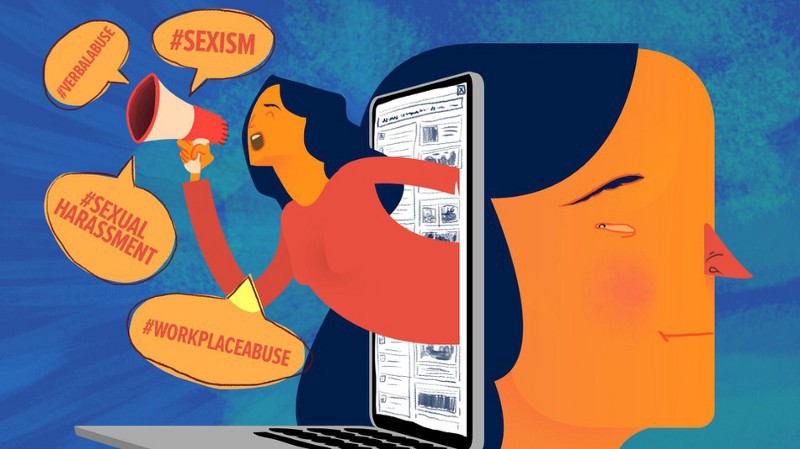Gender-based online hate speech and the Random Rape Threat Generator

di Malin Roiha, Universitat de Barcelona
The gendered nature of much of the hate speech on social media is undeniable. Misogyny and threats of sexual violence, mixed with racism, islamophobia, and other forms of hate, is used to silence women who dare to raise their voices in the public debate.
As evidence to the pervasiveness of this phenomenon, in a 2017 study by Amnesty International 23% of women between 18 and 55 surveyed across nine countries reported that they had experienced online abuse or harassment at least once. 58% of these reported that the online abuse or harassment had included racism, sexism, homophobia or transphobia.
Also in 2017, the UN Special Rapporteurs on Violence against Women and Freedom of Expression made a joint statement about the prevalence of gender-based online abuse, including threats of rape, violence, intimidation, harassment, and gross invasions of privacy. They found that such abuse against women can “chill and disrupt the online participation of women journalists, activists, human rights defenders, artists and other public figures and private persons”.
The Australian scholar Emma Jane, who has focused much of her work on gendered cyberhate, points out that whilst gender-based hate has become more prevalent online and more threatening over time, the language involved in individual messages is strikingly similar.
She refers to this sort of language as “Rapeglish”, which she defines as “an emerging yet increasingly dominant online dialect whose signal characteristic is graphic and sexually violent imagery”.
Using humour to raise awareness on this phenomenon, she has programmed an online Random Rape Threat Generator, to highlight a paradox of Rapeglish, namely that the most personal of insults, attacks and threats can in the end seem generic, routine, and almost tedious, as a result of their pervasiveness and repetitiveness.
Jane explains that the generator can produce more than 80 billion unique rape threats, abusive texts, and examples of aggressive speech: that is, more than 23 individual messages for every woman on earth.
The random mash-ups it produces are often bizarre, yet this computer-generated material is virtually indistinguishable from the real life messages many women receive every day.
In relation to this Jane also points out that often there is no clear connection between the content of the violent and/or sexually harassing material sent, and the identity and context of the receiver, as “women are called ugly sluts for having opinions on taxation.
Girls are threatened with rape for posting videos about fishtail braiding. It makes no sense. Until you realise that this is not about individual women. It is about gender”.